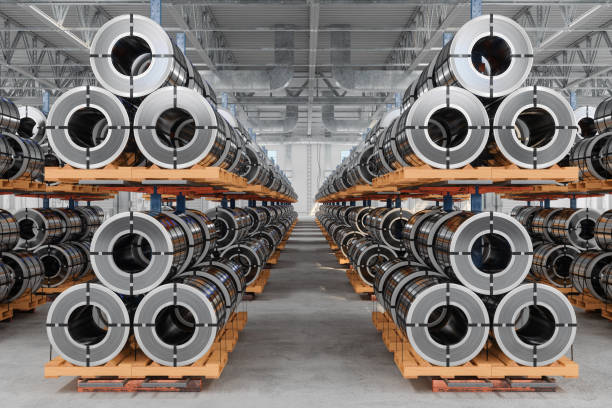On June 4, the U.S. government implemented a steep 50% tariff on steel and aluminum imports—up from the previous 25%, according to Boston Consulting Group (BCG). This move is forecast to tack on an extra $52.6 billion per year, pushing total additional costs to $104 billion annually—nearly double the $51.4 billion expected with the initial tariff increase in March.
Analysts warn that frequent tariff changes have clouded projections of global metal trade flows and downstream pricing. As BCG managing director Nicole Voigt says, “We have not really seen changes in trade flows with a 25 per cent price hike so far… The question is, will we see it with a 50 per cent price hike?”
Industry Impacts & Corporate Concerns
At a UBS conference earlier this week, Ford’s CFO, Sherry House, revealed that half of the $2.5 billion in projected annual tariff costs for 2025 are due to steel and aluminum. She noted that costs tied to U.S.–China tariffs were balanced out, but warned volatility remains high
Who Loses Out?
- Canada: estimated to lose $2 billion in export value this year
- Mexico: could see $1 billion lost
- South Korea: may face $600 million worth of losses
The EU has described the tariff as a “de facto import ban” on most of its 3.8 million tonnes of steel exports to the U.S. EU producers anticipate their steel being diverted into European markets, potentially triggering supply gluts and price falls.
Indeed, EU data shows that since early 2025, steel-related imports—from guitars to industrial robots—have surged, while domestic prices have dropped sharply.
Past Impact of Tariffs
During Trump’s first administration, a 25% steel and aluminum tariff cut U.S. imports by about 24% for steel and 31% for aluminum, raising domestic prices by 2.4% and 1.6% respectively. Yet, U.S. production barely budged.
In contrast, today’s 50% hike is already pushing up U.S. steel prices—hot rolled coil is up ~5%—while aluminum premiums have jumped 54%.
Domestic Producers Gear Up
U.S. steelmakers are ramping up capacity to fill import gaps, making over $20 billion in new investments since 2018, according to the Steel Manufacturers Association. Still, industry experts caution that bringing new mills online will take time.
S&P Global Ratings warns that the higher cost of steel and aluminum could cut earnings of U.S. industrial goods manufacturers by 5–10% in 2025—unless companies pass costs onto consumers. Don Marleau of S&P notes that manufacturers might raise prices ~2% to maintain profits, though many will likely absorb some costs to stay competitive.
Balancing Protection with Pain
This 50% tariff hike is a bold, protectionist move that may bolster U.S. steel and aluminum producers—but it’s a double-edged sword. While domestic capacity expands, manufacturers downstream—from automotive to construction—will face steep cost increases and may be forced to absorb these or pass them onto consumers.
Worse still, our trading partners are already feeling the heat. Export-heavy economies like Canada, the EU, Mexico, and South Korea are set to lose billions, and European markets may see oversupply and price collapse.
In the long term, the tariff might push U.S. producers to innovate and automate. However, the immediate effects could be inflationary—and politically uncomfortable. The federal government risks triggering retaliation, souring relationships, and leaving American firms caught in a global squeeze.
Source: Financial Times


